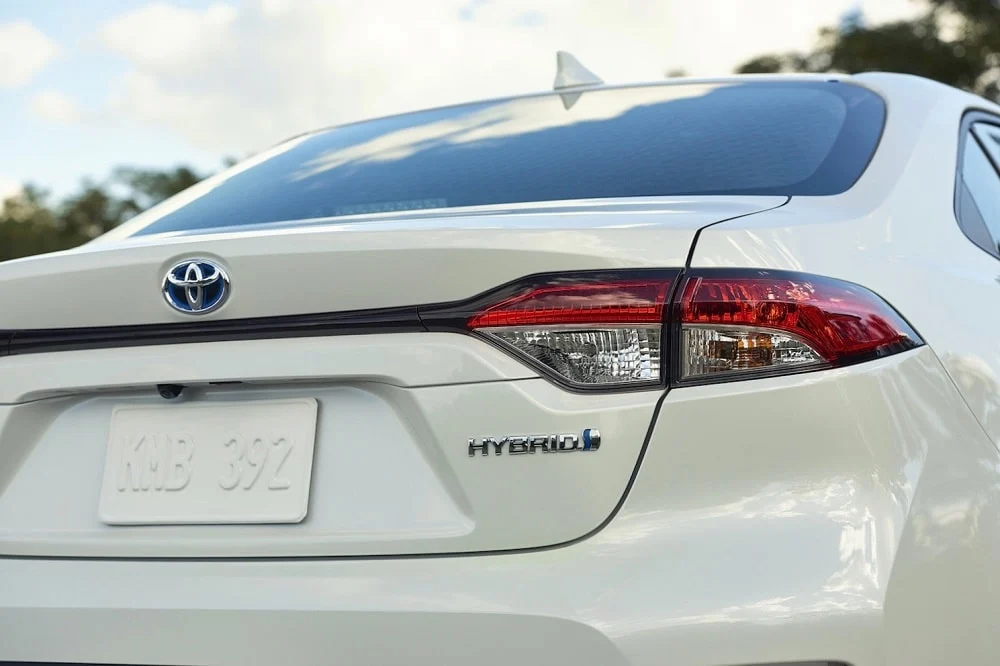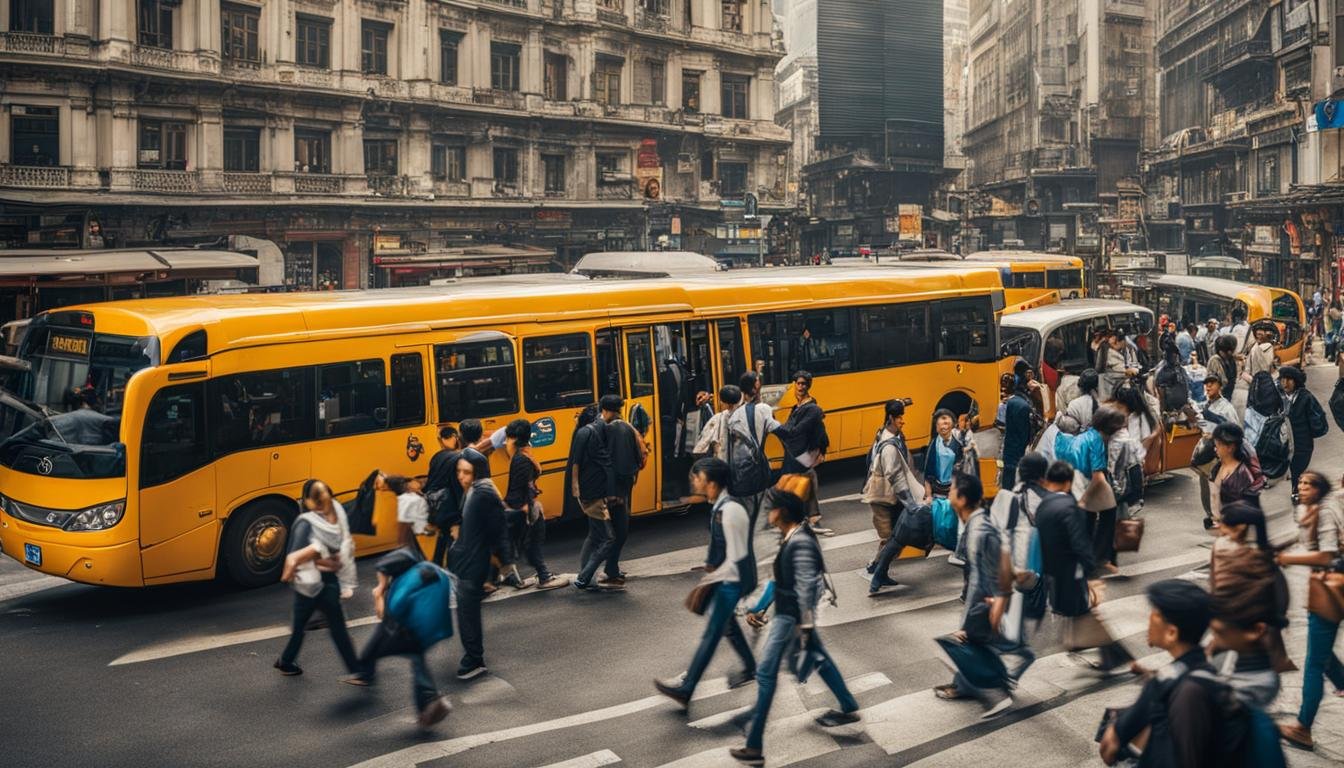Freight and goods transportation is undergoing significant transformation as technological innovations and shifting global dynamics reshape the industry. The future of freight transportation looks brighter, more efficient, and increasingly sustainable. In this post, we’ll explore the emerging trends and advancements that will define the future of freight and goods transportation.

Rise of Automation and Autonomous Vehicles
One of the most exciting trends in freight transportation is the rise of automation and autonomous vehicles. Self-driving trucks and drones are already in development, promising to revolutionize the way goods are transported across long distances. Autonomous trucks can potentially reduce human error, lower operating costs, and improve safety by operating in controlled conditions.
Drones, on the other hand, are making waves in short-distance, last-mile deliveries. Companies are already testing drone deliveries for small packages, providing faster and more efficient delivery solutions, especially in urban areas. As technology continues to improve, autonomous vehicles and drones will become integral parts of the logistics and freight industry, further optimizing the transportation of goods.
Sustainable and Green Shipping Practices
Sustainability is no longer just a buzzword—it’s becoming a central focus in the freight and goods transportation industry. The pressure to reduce carbon emissions and adopt greener practices is driving innovation. Shipping companies are exploring alternatives to traditional fossil-fuel-powered transportation methods.
Electric vehicles (EVs) and hybrid trucks are gaining popularity as eco-friendly alternatives to diesel-powered freight trucks. Additionally, sustainable shipping practices such as using biofuels, hydrogen-powered vehicles, and even wind-assisted shipping vessels are being adopted to reduce the environmental impact. The trend towards sustainability will continue to grow, with companies increasingly investing in green technologies to meet regulatory requirements and public demand for environmentally conscious solutions.
Internet of Things (IoT) and Real-Time Tracking
The Internet of Things (IoT) is transforming how goods are tracked and monitored throughout the supply chain. IoT sensors and devices embedded in freight vehicles, containers, and packages allow companies to track the location, temperature, and condition of goods in real time. This technology is already enhancing visibility and transparency, enabling businesses to make data-driven decisions and reduce inefficiencies.
Real-time tracking also helps improve security by alerting companies to potential theft or damage during transit. Additionally, IoT technology can assist in predictive maintenance, allowing companies to address mechanical issues before they cause delays, further optimizing the transportation process.
Digital Platforms and Freight Marketplaces
The future of freight and goods transportation will be shaped by digital platforms and freight marketplaces. Online platforms are simplifying the process of booking, managing, and tracking shipments. These digital solutions connect shippers with carriers, improving the efficiency of finding the right transport options and reducing logistical bottlenecks.
Freight marketplaces use algorithms and artificial intelligence (AI) to match shipments with available transport capacity, optimizing routes and reducing empty miles. This creates cost savings for both shippers and carriers while making the entire process more efficient. As these platforms evolve, they will continue to streamline operations and improve overall supply chain efficiency.
Blockchain and Enhanced Security
Blockchain technology is expected to play a key role in improving the security and transparency of freight and goods transportation. Blockchain’s decentralized and immutable ledger system provides a secure way to track shipments and transactions, ensuring that all parties have access to accurate, unchangeable records.
By reducing the risk of fraud and errors, blockchain technology will streamline paperwork and enhance the security of the supply chain. It will also simplify payment processes, offering secure, instant transactions and improving the overall trust between shippers, carriers, and customers.
E-Commerce and the Shift Toward Faster Deliveries
The rapid growth of e-commerce has led to an increasing demand for faster and more efficient delivery systems. Consumers expect quicker deliveries, often with same-day or next-day shipping options. This has prompted freight companies to innovate in order to meet these expectations.
To handle the surge in demand, logistics companies are implementing solutions such as micro-fulfillment centers, automated warehouses, and optimized routing algorithms to expedite the shipping process. Additionally, the trend toward local and regional distribution hubs is on the rise, enabling faster and more cost-effective delivery options. The future of freight transportation will be defined by the ability to meet the demands of e-commerce while reducing costs and delivery times.
Conclusion
The future of freight and goods transportation is filled with exciting innovations that will transform the industry. Automation, sustainability, real-time tracking, and digital platforms are just a few of the trends that will shape the way goods are transported globally. As technology continues to evolve, freight companies will need to adapt to these changes to stay competitive and meet the growing demands for faster, greener, and more efficient transportation solutions. The result will be a more streamlined and sustainable supply chain, benefiting businesses, consumers, and the environment.











